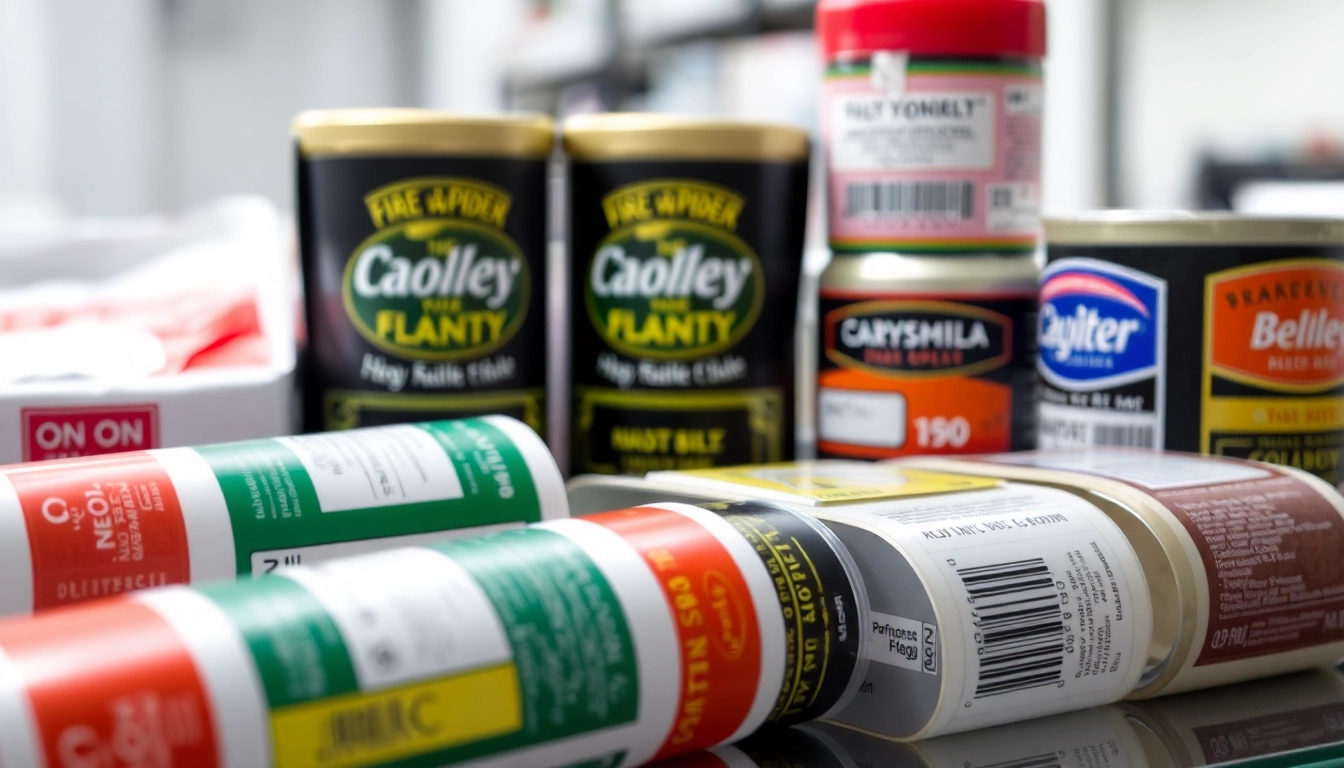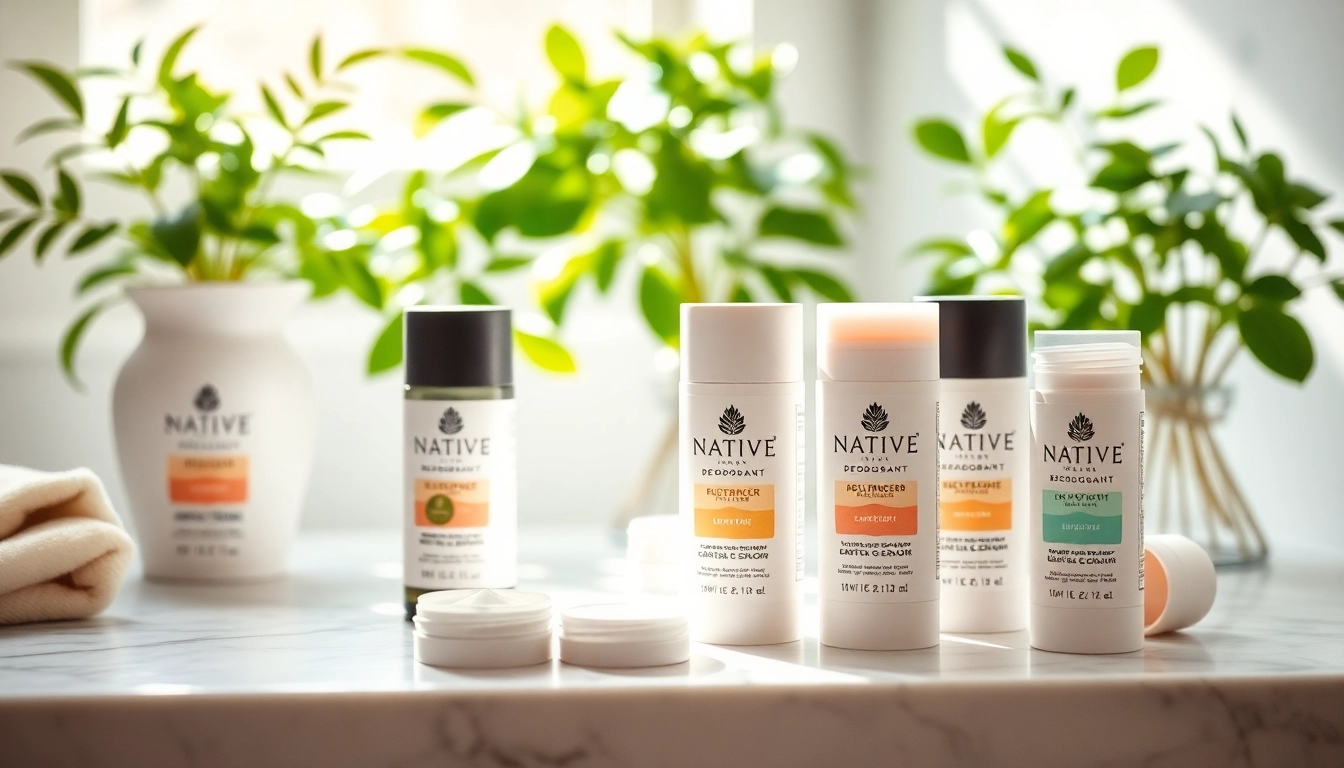Understanding Labels and Printing in Modern Marketing
In today’s competitive marketplace, the effectiveness of labels and printing cannot be overstated. Labels serve as the face of your product, often making a first impression that can determine a customer’s purchasing decision. They encapsulate not only vital product information but also the essence of a brand’s identity. With the rapid advancements in printing technology and design practices, businesses must stay abreast of the latest trends and strategies to optimize their labels for maximum impact.
The Importance of Labels in Brand Identity
Labels are more than just functional elements; they are strategic branding tools. A well-designed label can enhance brand recognition, convey quality, and differentiate your product in a crowded market. Companies like Coca-Cola and Apple perfectly illustrate how labels contribute to brand identity— each label is instantly recognizable and evokes specific emotions.
Moreover, labels can communicate your brand story. For instance, a premium beverage brand may utilize metallic finishes and elegant typography to convey luxury, while an eco-friendly brand might use recycled materials and earthy colors to emphasize sustainability. Ultimately, labels bridge the gap between your product and consumers, establishing a connection that can lead to loyalty and repeat purchases.
Types of Printing Techniques for Labels
When it comes to label printing, several techniques can be employed, each offering its own benefits and suitability depending on the products and industries. Here’s a look at the prominent printing methods:
- Flexography: Ideal for high-volume production, flexographic printing uses flexible relief plates to print on various substrates. It’s commonly used for labels on items such as packaged foods and consumer goods.
- Digital Printing: Offering flexibility and short run capabilities, digital printing is suited for custom labels and quick turnaround times. Its ability to create high-quality labels with intricate designs and vibrant colors makes it popular among small businesses.
- Offset Printing: Known for its exceptional image quality, offset printing is ideal for large production runs. The process involves transferring ink from a plate to a rubber blanket and then to the printing surface. This technique is commonly used for wine bottles and other crafted beverage labels.
- Screen Printing: This method uses a mesh to transfer ink onto the label material, which is perfect for thick inks and textures. It’s often used in creating promotional products and durable labels.
Choosing the appropriate printing technique hinges on your specific project requirements, budget, and desired output quality. Each method possesses unique strengths that can align with the overall branding strategy.
Choosing the Right Label for Your Product
Selecting the right label involves understanding both the product and the target audience. Factors to consider include:
- Material: The label material must be compatible with the product. Waterproof labels may be necessary for beverages, while a matte finish might enhance the appeal of luxury items.
- Size and Shape: Labels should be proportional to the product. Oversized labels can overwhelm the product, while undersized ones may fail to convey essential information.
- Adhesive Type: Depending on the application, different adhesives can be used. Permanent adhesives are suited for items requiring long-term labeling, while removable adhesives are better for promotional products.
Taking time to assess these factors will cultivate a stronger connection between your product and the consumer base.
Best Practices for Designing Effective Labels
Designing a label that captivates consumers demands a strategic approach rooted in creativity and understanding of key principles. Here are best practices to elevate your label designs:
Color Psychology in Label Design
Color is a powerful tool in label design, capable of evoking emotions and influencing consumer behavior. Research shows that color can affect purchases, with up to 85% of consumers making decisions based on color alone. For instance:
- Red: Conveys excitement and urgency, often seen in clearance sales.
- Blue: Evokes trust and dependability, making it ubiquitous in corporate branding.
- Green: Associated with health and tranquility, widely used in organic products.
Incorporating a thoughtful color scheme that aligns with your brand message will enhance recognition and appeal.
Fonts and Typography for Maximum Impact
Typography plays a critical role in ensuring that your label is readable while reflecting your brand personality. When selecting fonts, consider:
- Legibility: Ensure the text is easy to read from a distance, choosing simple sans-serif fonts for clarity.
- Brand Voice: Use fonts that align with your brand identity—elegant fonts for luxury products and bold fonts for adventurous brands.
- Hierarchy: Create a visual hierarchy by varying font sizes and weights, ensuring essential information stands out.
Using typography strategically can amplify the effectiveness of your labels.
Creating a Compelling Call-to-Action
Your label should not only inform but also motivate action. Thus, a compelling call-to-action (CTA) is essential. Whether it’s “Try me today!” or “Scan here for more info,” a strong CTA guides consumers towards the next step, fostering engagement, and driving conversions. Test various CTAs on your labels to find what resonates best with your audience, refining your approach based on feedback.
Popular Labels and Printing Options for Businesses
The diversity of labels and printing solutions available opens numerous avenues for businesses to explore. Let’s delve into several popular choices:
Custom Labels for Products and Packaging
Custom labels allow businesses to uniquely position their products in the market. From unique shapes to finishes, custom labels can be tailored to fit specific branding requirements. Companies like Beam Suntory have shown how custom labels can assert brand identity, employing vibrant designs that stand out on shelves.
Eco-Friendly Printing Solutions
With the growing emphasis on sustainability, eco-friendly printing solutions have surged in popularity. Businesses can choose materials like recycled paper or plant-based inks to reduce environmental impacts. Implementing sustainable practices not only appeals to eco-conscious consumers but enhances brand reputation, as seen with brands such as Seventh Generation.
Smart Labels: Merging Tech with Design
Smart labels leverage technology, integrating information delivery and product tracking features. Utilizing QR codes and NFC technology, smart labels can facilitate instant access to product information, promotions, or even connection to online platforms. This advanced approach resonates with tech-savvy consumers and presents ample opportunity for innovative marketing strategies.
Optimizing Your Label Production Process
Streamlining the label production process ensures efficiency and maximizes output quality. Here are essential strategies for optimizing production:
Choosing a Label Printing Partner
Selecting the right printing partner entrusts your label production to capable hands. Key considerations include:
- Experience: A partner with a proven track record can navigate challenges more effectively.
- Quality Standards: Ensure they adhere to high-quality printing standards and can produce samples for evaluation.
- Customer Support: Strong communication and support can alleviate issues that may arise during production.
Conduct thorough research and request projects from potential partners to gauge their capabilities.
Cost-Effective Strategies for Bulk Printing
When scaling production, implementing cost-effective strategies can yield significant savings. Consider the following tactics:
- Streamlined Production Runs: Consolidate orders to maximize efficiency and lower unit costs.
- Print on Demand: Utilize print-on-demand services to reduce waste and storage costs, particularly for seasonal or limited edition items.
- Negotiate Long-Term Contracts: Building a lasting relationship with a printing partner can often lead to better pricing and priority service.
By evaluating and optimizing production strategies, businesses can manage their budgets effectively while ensuring quality outcomes.
Troubleshooting Common Printing Issues
Despite careful planning, issues can arise during the printing process. Address common problems proactively, such as:
- Color Matching: Always request proof samples to ensure label colors match expectations before full production.
- Adhesive Failures: Test different adhesives suitable for specific surfaces to prevent peeling or failure.
- Blurred Text: Verify that the file resolution meets printing standards; low-resolution images can lead to blurry outputs.
Proactively preparing for these challenges can safeguard against costly errors and enhance overall production efficiency.
Measuring the Effectiveness of Your Labels
Monitoring the impact of labels on sales and brand perception is crucial for continuous improvement. Here are quality metrics to consider:
Gathering Customer Feedback on Labels
Direct customer feedback provides valuable insights into how labels are perceived in the marketplace. Surveys, focus groups, and social media interactions can uncover consumer opinions about design and messaging. Encourage feedback by including calls for reviews on packaging and offering incentives for participation.
Key Performance Metrics for Label Success
To assess label effectiveness, track key performance metrics such as:
- Sales Data: Analyze shifts in sales correlating with label redesigns or promotions.
- Customer Engagement: Monitor increases in website traffic or social media engagement tied to label campaigns.
- Brand Recognition: Conduct market research to measure brand recall among target demographics.
These metrics can guide subsequent marketing strategies and label designs.
Case Studies: Brands That Nailed Their Label Design
Several brands have excelled in label design, achieving remarkable impacts on their sales and brand perception.
- Oreo: The cookie brand reinvigorated its packaging with bold colors and innovative designs, tailoring labels for seasonal campaigns that increased market interest and sales.
- Inspired by Craft Beer: Numerous craft breweries strategically use vibrant, artistic labels that tell a story. By doing this, they have distinguished themselves in a saturated market and built strong brand loyalty.
By analyzing these successes, businesses can glean insights to inform their strategies effectively.



